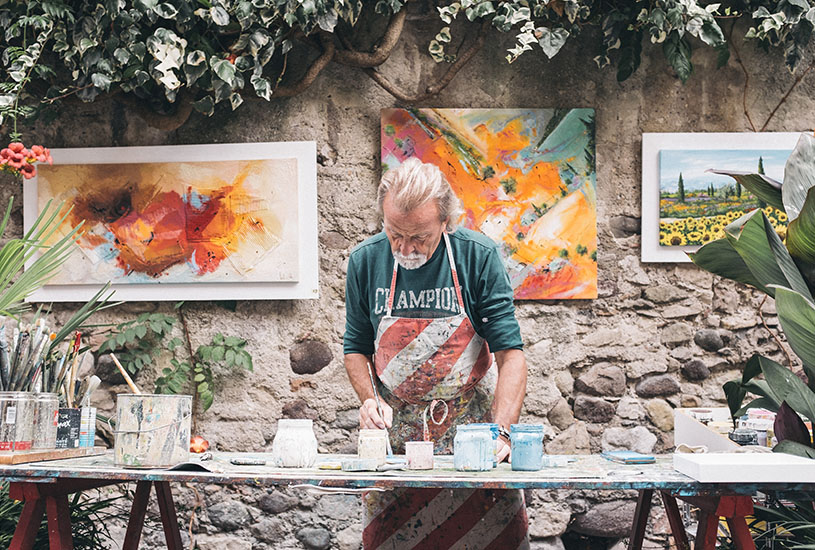Rural Australians are often subject to ‘missing out’ on many resources that people from urban areas have easy access to.
Regional Arts Australia has been working to rectify that by bringing the joy of art to outback Australia.
The art industry is an important aspect of Australia’s culture.
From homegrown theatre productions like Muriel’s Wedding the Musical and Priscilla, Queen of the Desert; or captivating paintings, like those of Sidney Nolan – art has been an important avenue to tell stories about this country’s history.
Art plays a vital role in shaping what Australia is.
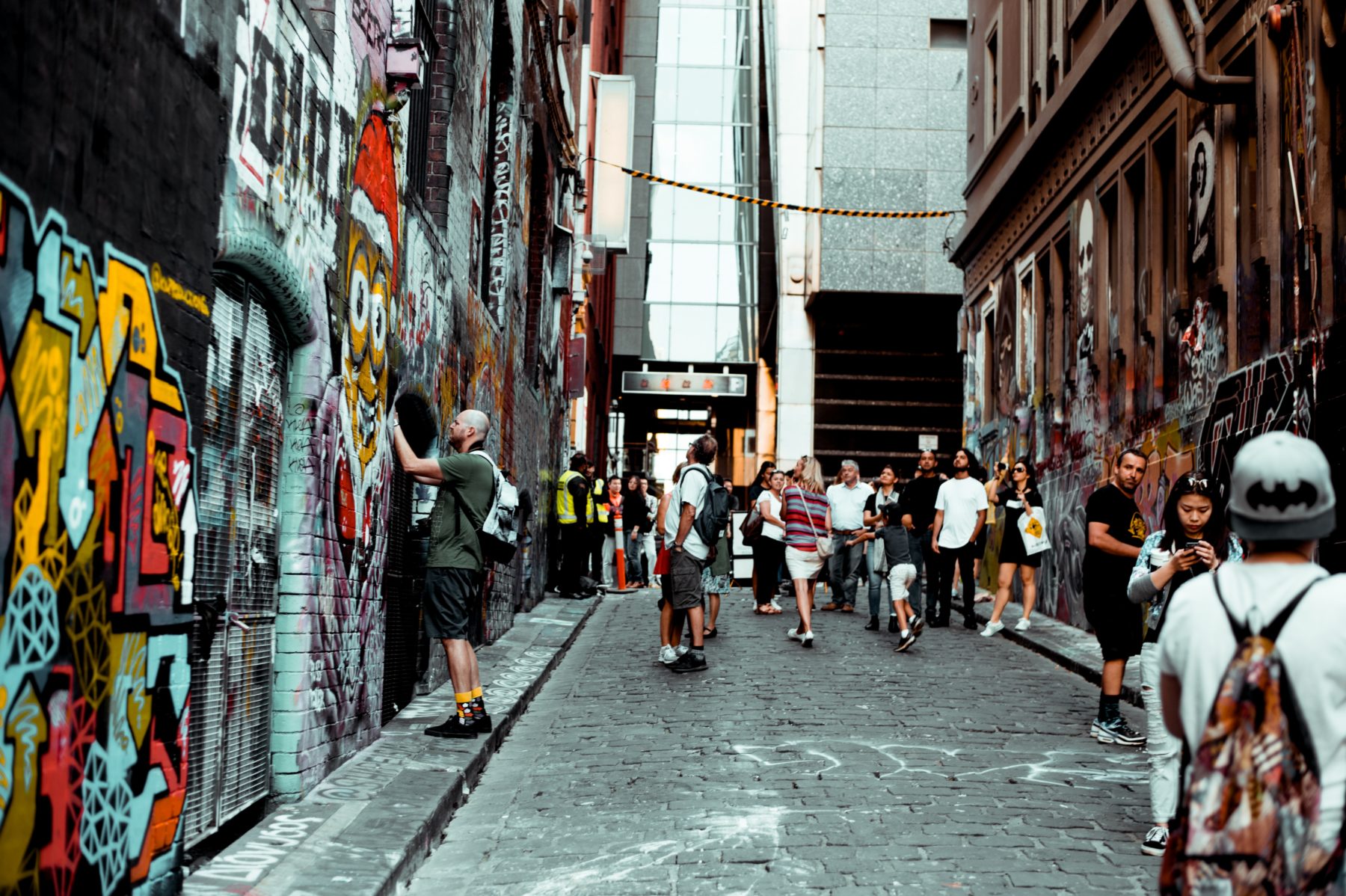
Rural communities are often so isolated from this culture that they miss out on experiencing the art forms that those who live close to / within urban environments take for granted.
Art programs can provide a sense of belonging within a community and give people something to look forward to.
Taking into consideration the recent tragedies befalling rural Australian communities due to the drought; it is beneficial to people’s mental health to give them something new and exciting to enjoy and share.
Particularly to the farmers and their families who are struggling to find reasons to smile.
Growing importance
Dr Shelley Hannigan from Deakin University’s Faculty of Arts and Education has done extensive research into the education of art.
She states that the importance of art programs within regional communities include things like “connecting communities, it invites participation, provides something exciting and different from the day to day ‘norm’ and can be educational.”
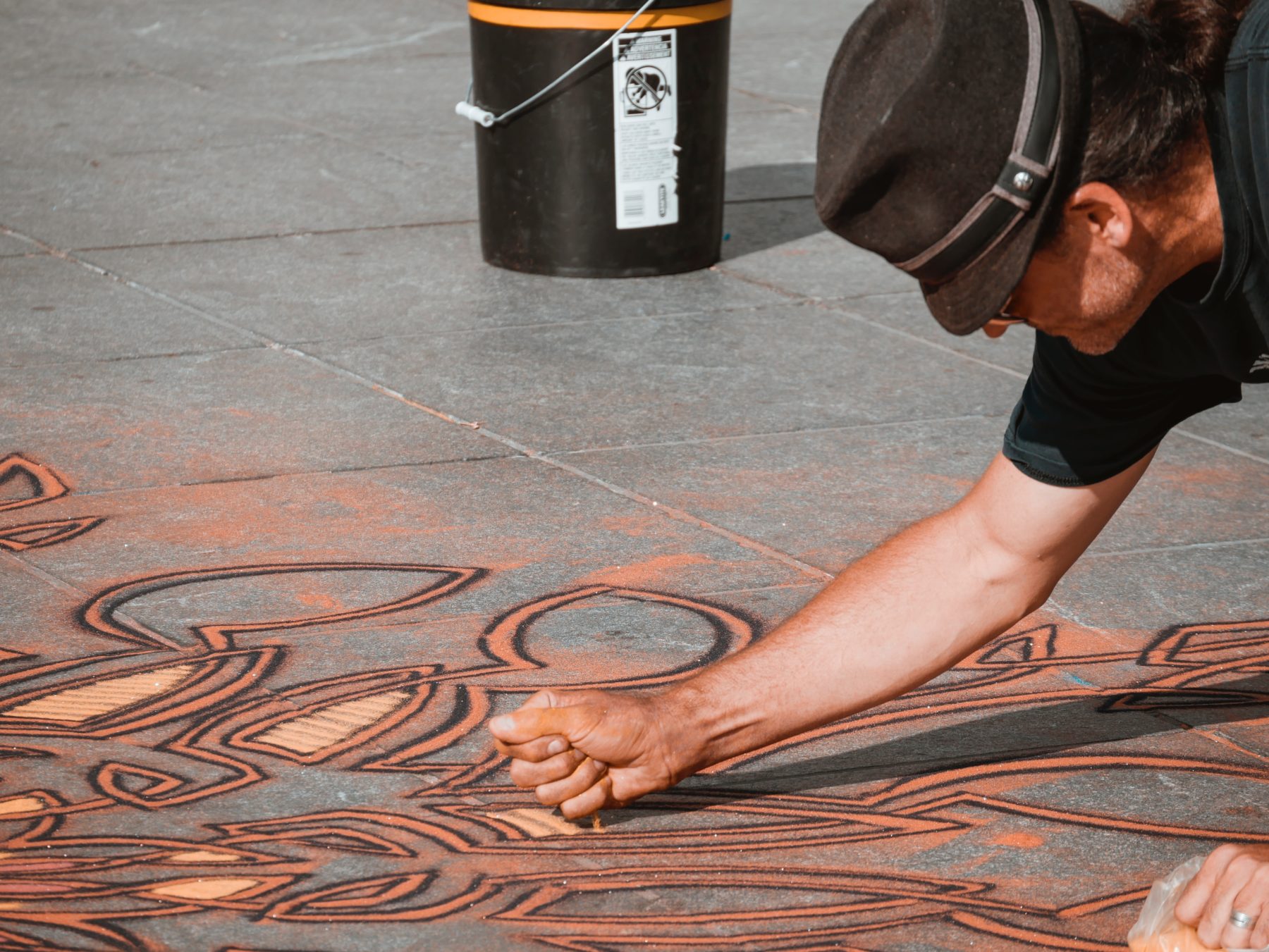
She argues that the educational aspects of these programs are very broad.
Covering not only how to partake in different creative, artistic processes but also learning about the significance of materials and ideas that are being explored.
“The arts encourage us to think and experience things a bit differently than other disciplines and practices because they are more open-ended and not so governed by rules.”
Dr Hannigan also suggests that art programs are beneficial to the physical and mental wellbeing of people. As they bring people together to create and communicate through different forms of art, such as music, visual arts, and performing arts.
The different sensory opportunities for communication and expression offer inclusive opportunities for all to be communicating.
“They [the art programs] support and promote healthier communities as they provide ways for people to get out of their house, engage in experiences, reflect and learn from them.”
The Artsland conference
Artlands Victoria is an integrated conference and cultural program, designed as a multi-art, cross industry and inter-generational event that provides regional connections.
Dr Hannigan says the Artlands conference in 2018 showcased many ways in which “art events and programs are helping people recover or deal with mental health issues – particularly brought on by fires and drought.”
The drought crisis wreaking havoc across the rural community has greatly damaged the mental health and wellbeing of many farmers and their families.
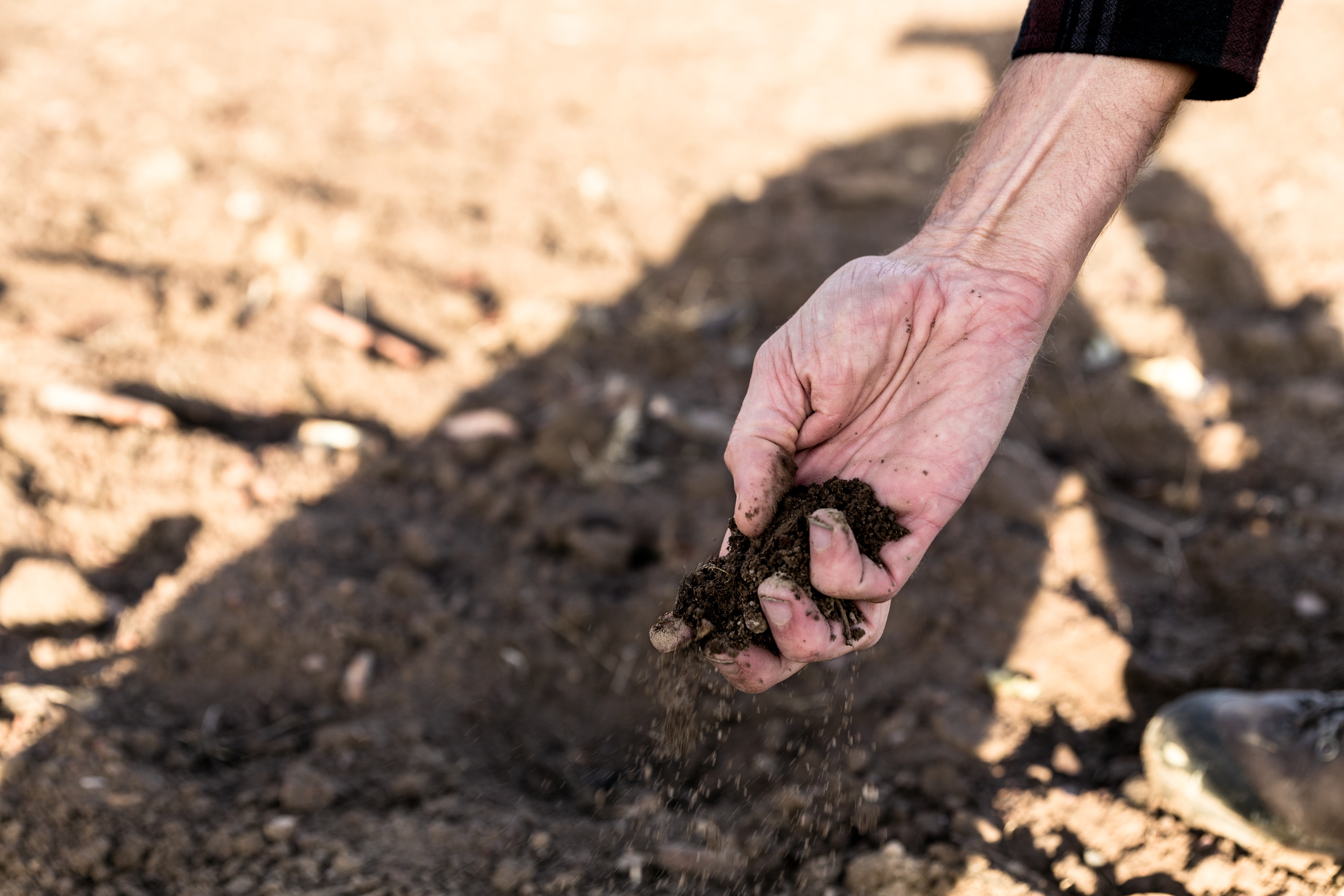
Their image of the future can be as bleak as the now empty paddocks they normally tend to. Completely void of greenery and water becoming scarce.
The introduction of new art programs may improve the overall outlook of life for those enduring the drought. Giving them something to smile about again.
“More could be done in this area though.”
It becomes clear that this is an issue that needs more attention.
Dr Hannigan explains that “at the last Artlands conference (in Bendigo) a story was shared by a young woman still in school who was determined to get the annual theatre performance up and running.”
Apparently, the woman who was in the final stages of completing high school, wrote the script, organised everything for the performance, tried to bring people together to participate in the process and even acted in the play as well.

“She was working toward going to study theatre or drama at one of the main colleges in the country.” However, she questioned the lack of resources for her small town.
“She asked: Why she couldn’t stay in her home town and work in this industry?”
It is due to initiatives that Artsland promotes, that people are able to become involved in creative events from their own small towns and to share experiences about how art programs in regional and rural places are bringing communities together.
In some cases, art (such as silo paintings) is also attracting tourism which is helping the local economies of certain regions.
Emphasis on Aboriginal art forms and art from home
With a growing need for art to be supported in regional and rural Australia comes the importance of showcasing aboriginal artwork / artforms.
Dr Hannigan believes this is an important avenue of national, historical, cultural and social support.
“It is so important for indigenous communities to have their own art and cultural ways supported and the space to practice their unique cultural/artistic practices and to share this with others, where appropriate.”
Dr Hannigan explains that art and cultural expression makes people feel whole, able to communicate and to feel heard.

“There are some experiences of isolation in rural communities, so art events that connect people are great.”
Dr Hannigan emphasises that “art is social, the disciplines of visual, music and drama have morphed into each other and we no longer view artists as needing to be genius individuals who work in isolation on one specific medium.
She also explains that “artists often work in both social and cultural contexts. Such as community arts participating in art events.”
She has personally thought of different ideas that could bring rural communities together through art.
Dr Hannigan explains that for the past few years she has been involved in the creation of copper dresses that represent the red copper earth of Australia’s outback landscape.
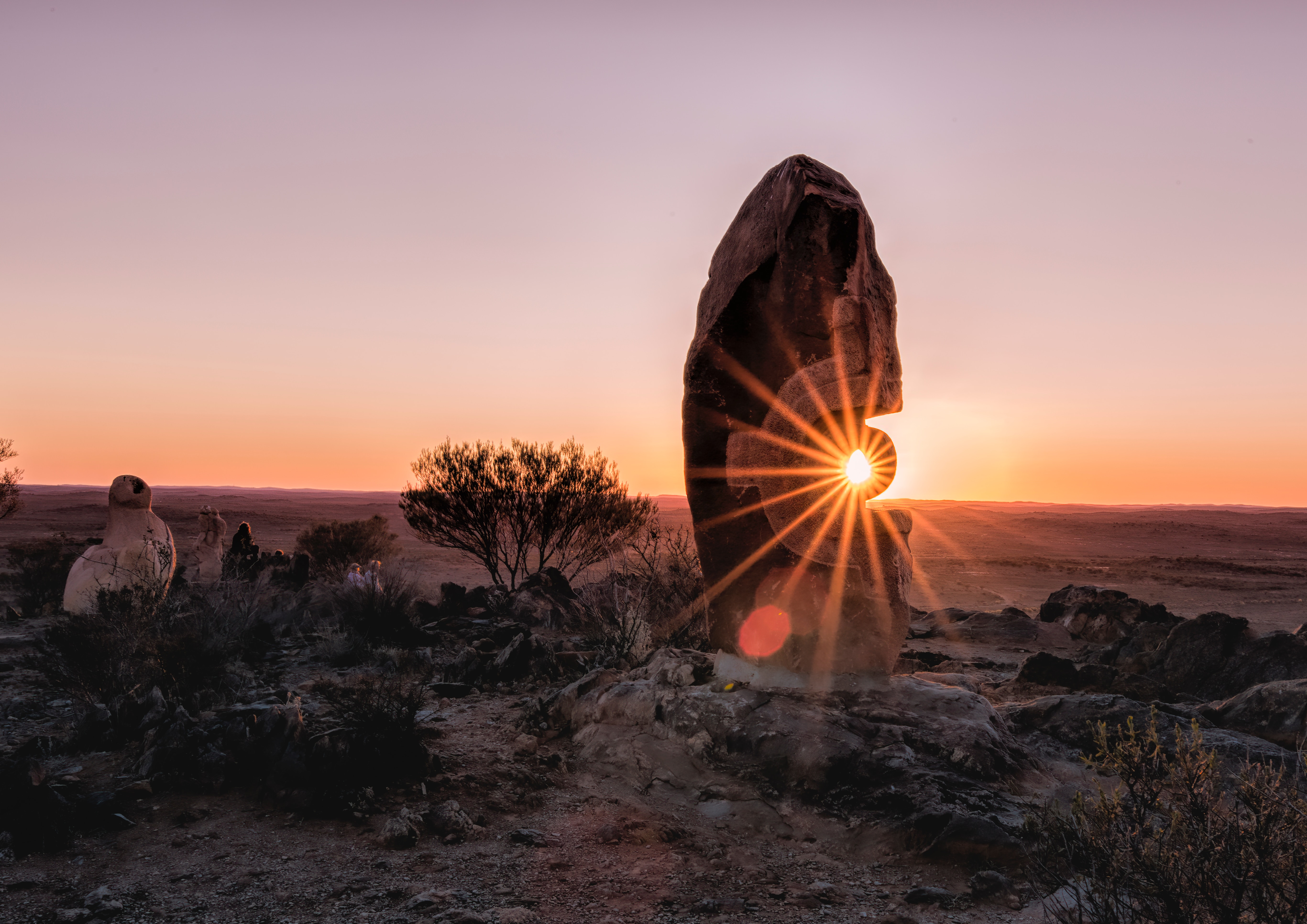
“The copper threads that run through this land and the historical images of women of the land are important to me as a New-Zealander who has come to call Australia home.”
Dr Hannigan is now extending this project to community participants.
Art is something that brings communities together and educates people in different cultures and beliefs.
Regional and rural communities need this just as much as people from urban environments do and we should all try to support this in any way we can.
